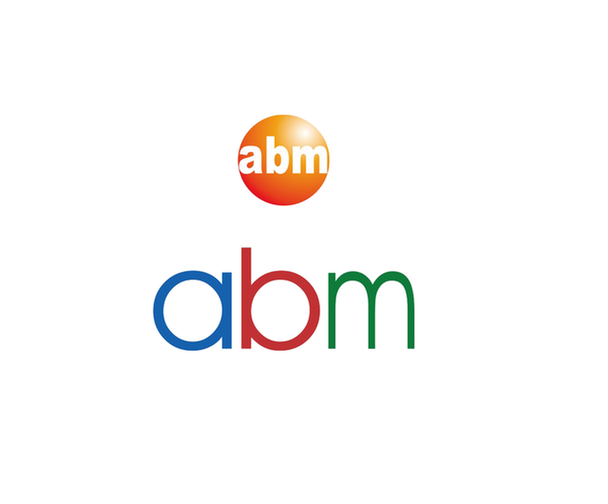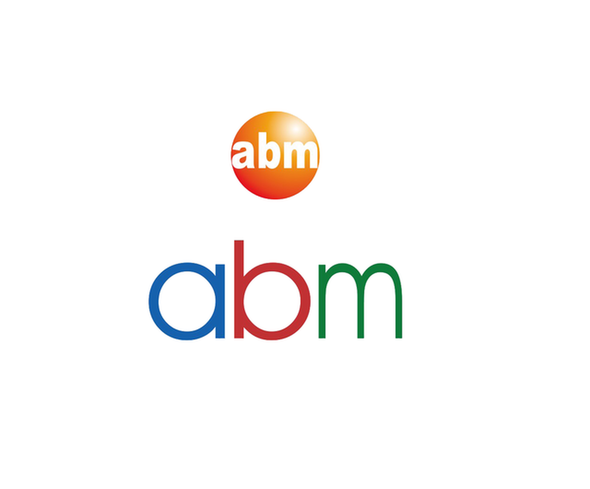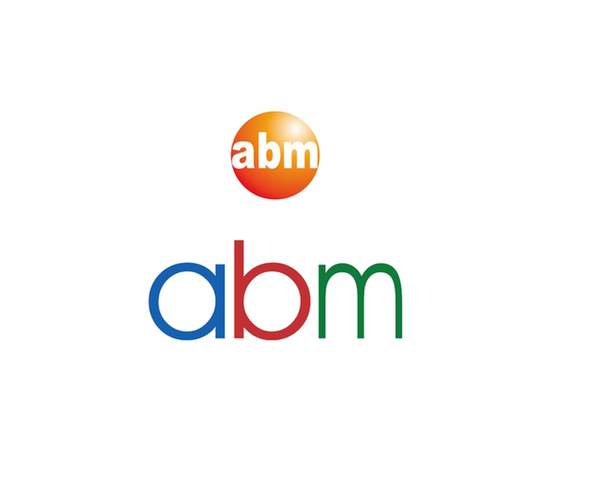abm mouse recombinant protein
Recombinant Mouse GRO gamma (CXCL3) | Z200417
- SKU:
- Z200417
- Availability:
- 5 to 7 Days Shipment
Description
abm | Recombinant Mouse GRO gamma (CXCL3) | Z200417
Growth regulated oncogene- gamma belongs to the family of chemotyctic cytokines called chemokines. It is identical with MGSA (melanoma growth stimulatory activity) and the new designation is CXCL3. This factor is known mainly because of its chemotactic activity. GRO expression is inducible by serum or PDGF and/or by a variety of inflammatory mediators, such as IL-1 and TNF, in monocytes, fibroblasts, melanocytes and epithelial cells. In certain tumor cell lines, GRO is expressed constitutively. Similar to other alpha chemokines, the three GRO proteins are potent neutrophil attractants and activators. In addition, these chemokines are also active toward basophils. All three GROs can bind with high affinity to the IL-8 receptor type B.
Functions:
Determined by its ability to chemoattract 293 transfected CXCR2 cells using a concentration range of 10.0-100 ng/mL.
Organism:
Mouse
Source:
E. coli
Alias:
C-X-C motif chemokine 3, Dendritic cell inflammatory protein 1, Dcip1, Gm1960
Recombinant Mouse Growth-Regulated Oncogene Gamma (CXCL3)
Gene Symbol:
CXCL3
Gene ID:
330122
Accession:
Q6W5C0
Formulation:
Lyophilized from a 0.2 μm filtered solution in Phosphate and NaCl
Solubility:
A quick spin of the vial followed by reconstitution in distilled water to a concentration not less than 0.1 mg/mL. This solution can then be diluted into other buffers.
Appearance:
Lyophilized Powder
Molecular Weight (kDa):
8
Molecular Weight 2 (kDA):
N/A
Molecular Weight 3 (kDA):
N/A
Purity:
>95% as determined by SDS-PAGE
Concentration:
<1.0 EU/μg of recombinant protein as determined by the LAL method
Shipping Condition :
Ambient Temperature
Storage Condition:
The lyophilized protein is stable for at least one year from date of receipt at -70°C. Upon reconstitution, this cytokine can be stored in working aliquots at 2° - 8°C for one month, or at -20°C for six months, with a carrier protein without detectable loss of activity. Avoid repeated freeze/thaw cycles.






